Get the Most From Your Garden in a dry Season

The British weather is known for being unpredictable! While we are used to wet winters and frequent showers that keep our gardens fresh, the spring and summer can be hot and sunny without a cloud in sight. During these dry spells, we usually expect that the grass will become parched and it is difficult to keep our plants from wilting. However, there are ways and means to prevent your garden from suffering in the heat – below are just a few simple ideas and tips!
Choosing Appropriate Plants
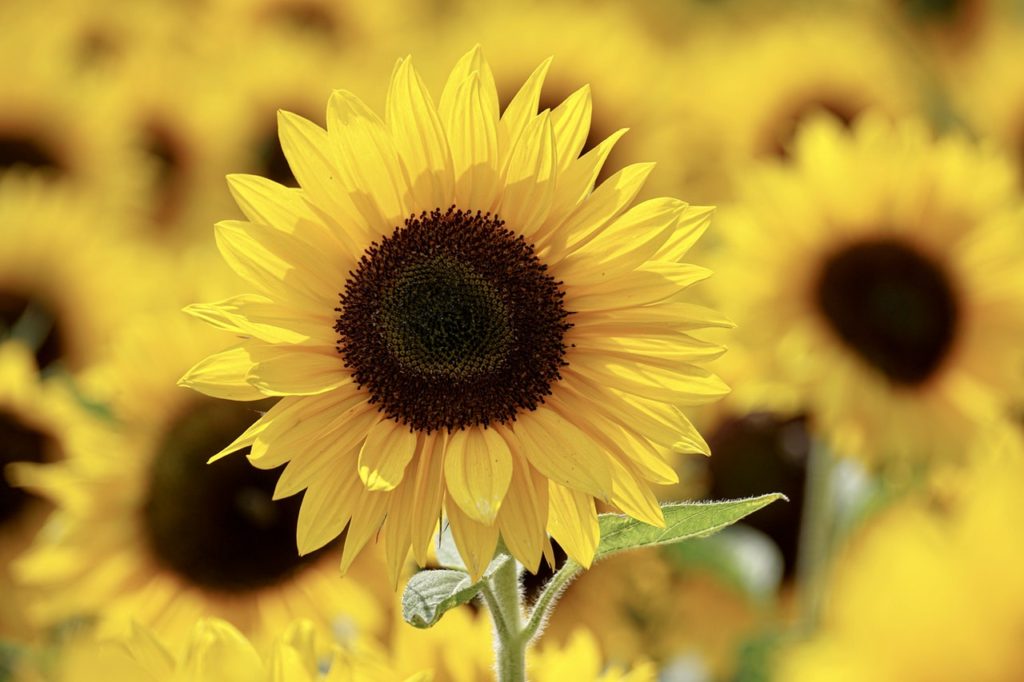
It’s difficult to predict what the weather may hold but knowing the months our dry season is likely to fall, we can design our gardens and choose plants that will thrive during periods with little rain or cloud. Plants that store a lot of water in their leaves such as succulents generally thrive in soil which is not too moist and there are an abundance to choose from – spreading, drooping or those which stand alone! Shrubs such as lavender, which are used to Mediterranean climes, perennials like African Daisies and border plants like Sunflowers are great for maintaining colour and bloom in the garden during dry periods. In general, plants which have small hairs on their leaves or are a silvery, white sheen, are usually good for drier times.
The layout of our gardens is also a factor to consider. Do your research and think carefully about the needs of individual plants and which environments they prefer. For instance, leave the lavender in full sun but in shadier areas, plant snowdrops, campanula and stachys. Shade netting can also be purchased to provide shade to plants in dry spells and is particularly good useful for greenhouses to prevent them turning into an inferno. Using shade netting will help reduce heat and in turn, prevent some moisture from being lost.
Weeding
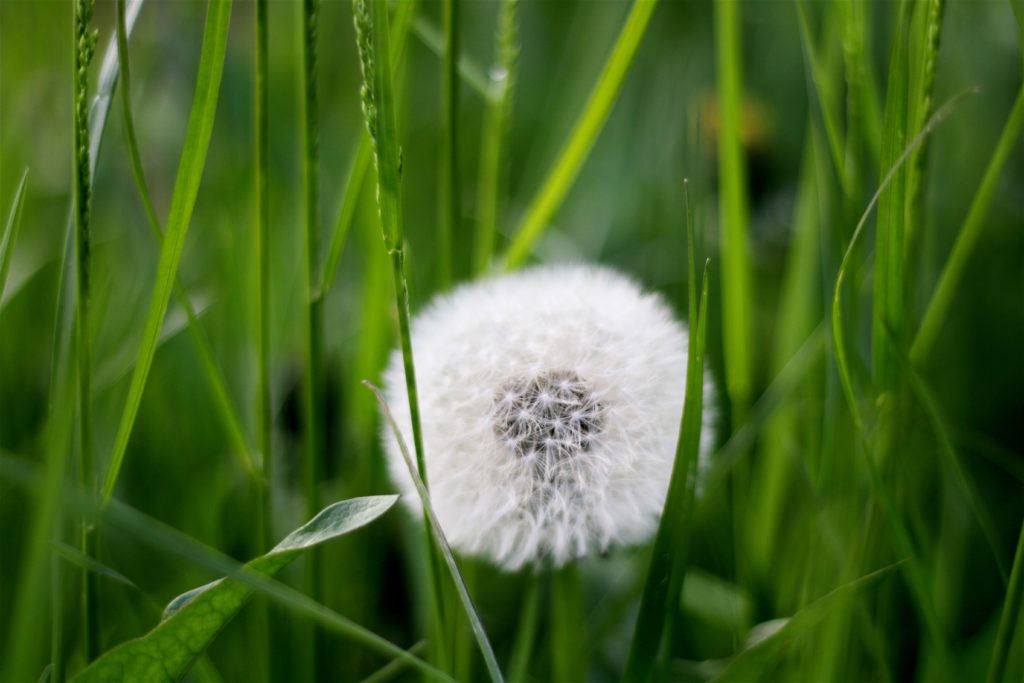
What can be more annoying than when you have perfected your lawn or flower bed than a persistent weed wanting to take centre stage? Regardless of whether you are a perfectionist or not, weeds are not generally welcome in our gardens. Aside from their appearance, weeds will also absorb nutrients and moisture from the soil needed for the plants you wish to protect. Unfortunately, during dry spells, weeds can become more stubborn than ever as herbicides can be less effective. Therefore, choosing the most suitable herbicide for the type of weeds you are trying to control is crucial and applying it as soon as a heat wave is confirmed is also fundamental.
Of course, if you do not want to use herbicides as a means of weed control, there are other, traditional, manual methods. Should you choose to pull the weeds out of the ground, make sure that you pull out the root and not just snap the stem. This should help prevent the weed from returning and the sooner the better you do this, the less chance they have of spreading their seeds. You should also ensure that you that you wear a suitable, sturdy pair of gardening gloves to protect your hands from scratches and any nasties in the soil. Hoes and garden forks are also useful tools by giving you more leverage and allowing you to get deeper in the soil when trying to remove the pesky weeds.
Trim Your Plants
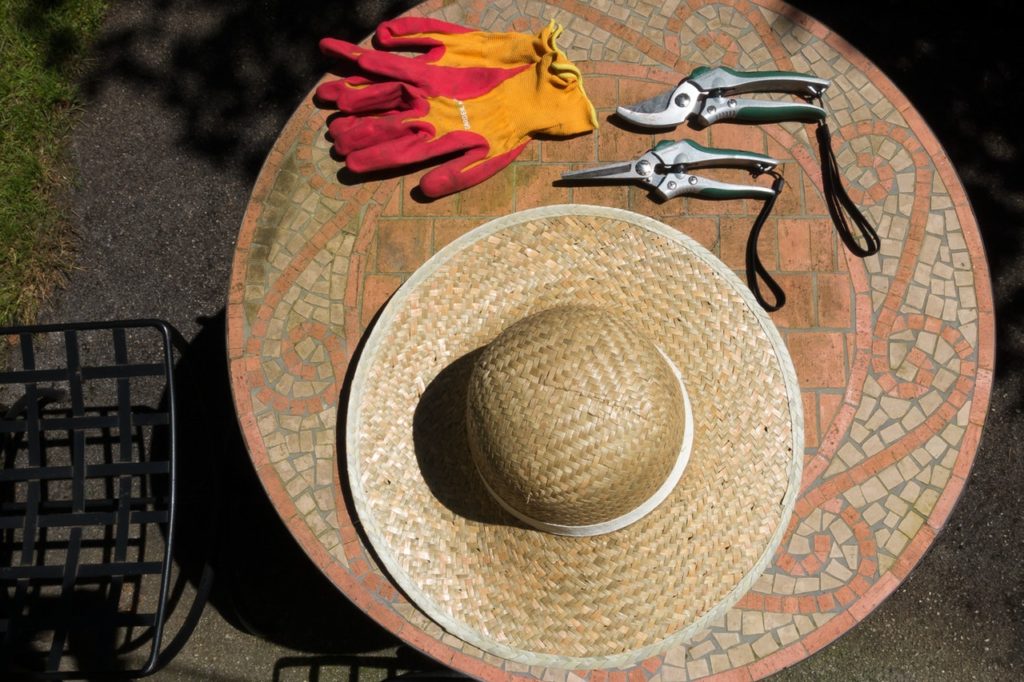
The majority of plants need to be pruned to prevent them becoming overgrown and to also encourage new growth. For many flowering and fruit varieties, plants should be pruned during the dormant season, usually between late winter and early spring. By reducing their size, your plants are likely to require less water and their natural cycle of flowering or bearing fruit will also be maintained. Even by removing the deadheads from perennials, you will encourage new flowers to form again before the end of the year.
Aside from preparing for the dry season, various species of trees benefit from being pruned in the dry season, even if this is not typically their dormant period. This will help reduce the spread of disease like silver leaf as the spores are most active between autumn and spring as well as in wet conditions. Additionally, by pruning at this time of year, you will slow growth. In turn, this will reduce the amount of water the tree requires and potentially the amount of pruning work next year will not have increased! Take care, however, not to prune in very high temperatures as this will be stressful for the tree.
For successful pruning, your choice of shear will also have an impact. Choose a suitably sized pair of shears for the plant, shrub or tree you are tidying up. Secateurs, are perfect for smaller plants, those with delicate branches or deadheading, whereas loppers are more robust for thicker, tougher limbs.
Storing Water
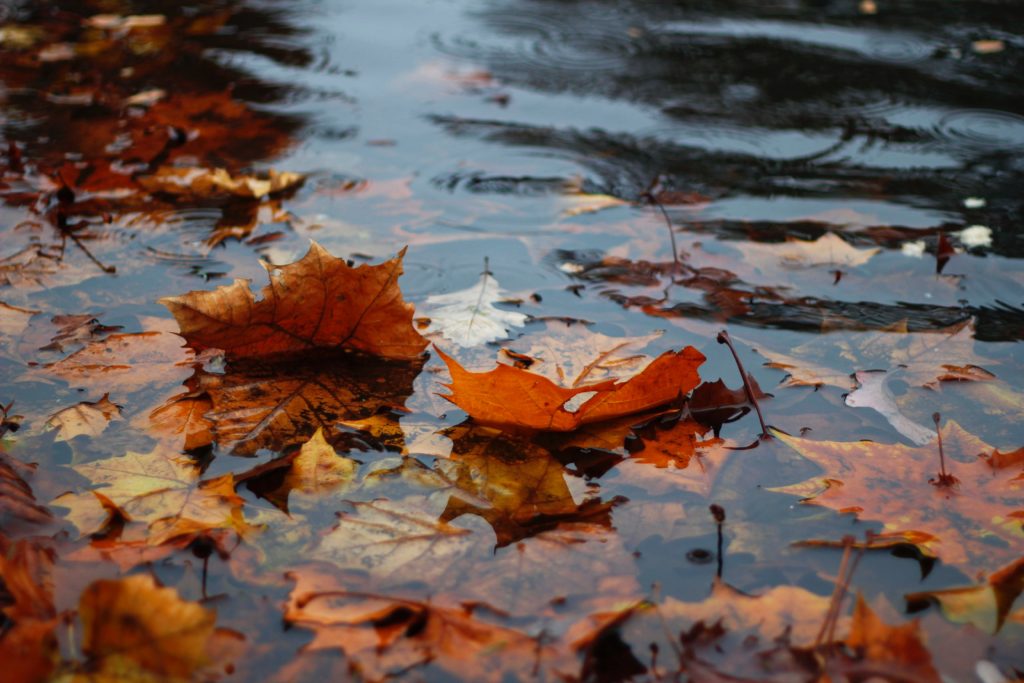
Every time we have a very hot spell and little rain, there is always the risk of a hose pipe ban! While there is certainly method in the madness so to speak, this is not very helpful when it comes to maintaining our outdoor spaces. One way to pre-empt this and ensure that plenty of water is available for your garden is to store rain water. Investing in at least one water butt, which come in various sizes, will allow you to collect rain water as it falls. You can then syphon this off as necessary using the butt’s tap or a pump, like the Hozelock Water Butt Pump, to water your garden. Although this is certainly an excellent way to ensure that your garden is not parched due to the heat, using rain water all year round will be beneficial. Unlike the water we run from the tap, rain water has not been softened by the use of chemicals and is the correct PH balance for the majority of plants.
Watering or Sprinkling?
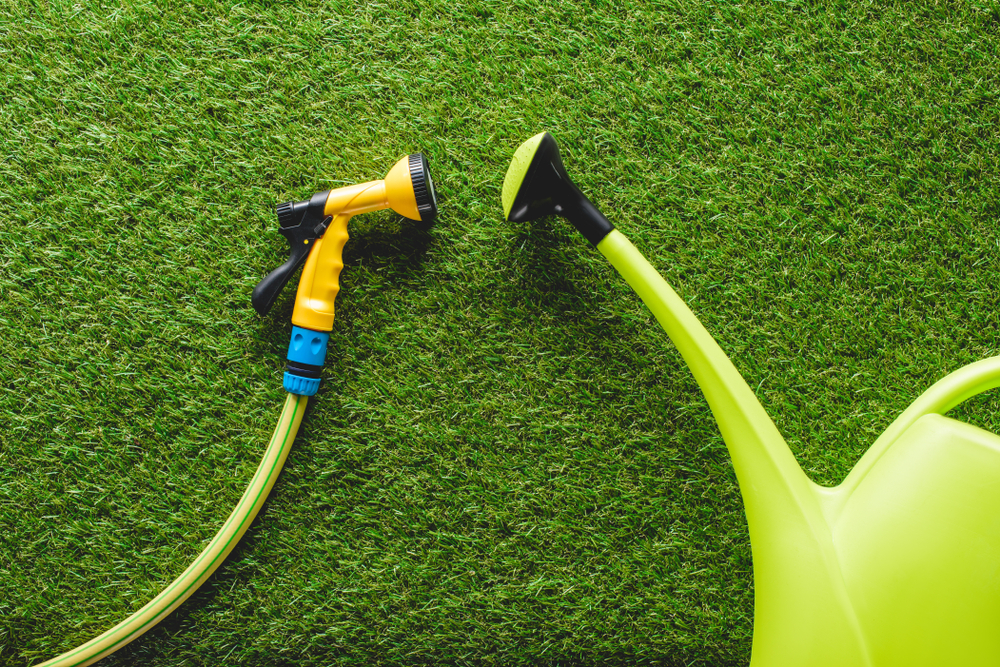
Water is required for all plants but naturally some will need more than others. For plants to benefit the most from watering, wet the soil rather than sprinkle over the entire plant. Water will then be quickly absorbed into the soil to reach the roots. Why not try setting up an irrigation system set with a timer? Hozelock’s irrigation systems give you the option of drip feeding, sprinkling or misting your plants with water at times set by yourself and some are even available with sensors. There is also the option of installing reservoirs in your containers, which can last for up to 14 days, which means that water is absorbed gradually up from the roots. Setting up an irrigation system or reservoirs saves water in the long run and lessens the risks of overwatering, even in dry weather.
Despite this, don’t avoid sprinkling entirely. Sprinklers are ideal for lawns or flower beds and even sprinkling water using a watering can or hose will have benefits by cooling the plants and removing loose dirt and insects from the leaves. There are a number of different sized sprinklers available and many can be angled so that they target certain areas. If you prefer using a hose, look at the various heads and choose one suitable for the area you are wishing to water and the size of the plants.
Be careful though as during the dry spells we are often very tempted to water plants more than we ought! What may appear to be wilting caused by too much sun may actually be a symptom of waterlogging, so while it is important that your plants receive plenty of water, don’t drown them!
At Pecks, we stock a range of gardening products and our knowledgeable staff have plenty of useful advice to help your garden survive the drier months. Pop into store at Lancaster Way, Ely to find out more.
Sources
https://www.rhs.org.uk/advice/profile?PID=397
https://www.gardeningknowhow.com/ornamental/cacti-succulents/scgen/outdoor-succulent-garden.htm
https://www.gardenersworld.com/plants/the-best-shade-loving-plants/
http://www.croplife.com/crop-inputs/herbicides/hot-dry-weather-make-it-harder-to-control-weeds/
https://www.thespruce.com/how-and-when-to-prune-plants-1403009
https://www.goodhousekeeping.com/home/gardening/advice/g60/pruning-tips-0307/?slide=1
https://www.telegraph.co.uk/gardening/gardeningadvice/10234120/Is-it-worth-pruning-in-summer.html
https://www.houselogic.com/by-room/yard-patio/summer-pruning/
https://www.rhs.org.uk/advice/profile?PID=691
https://www.gardeners.com/how-to/top-watering-myths/7688.html